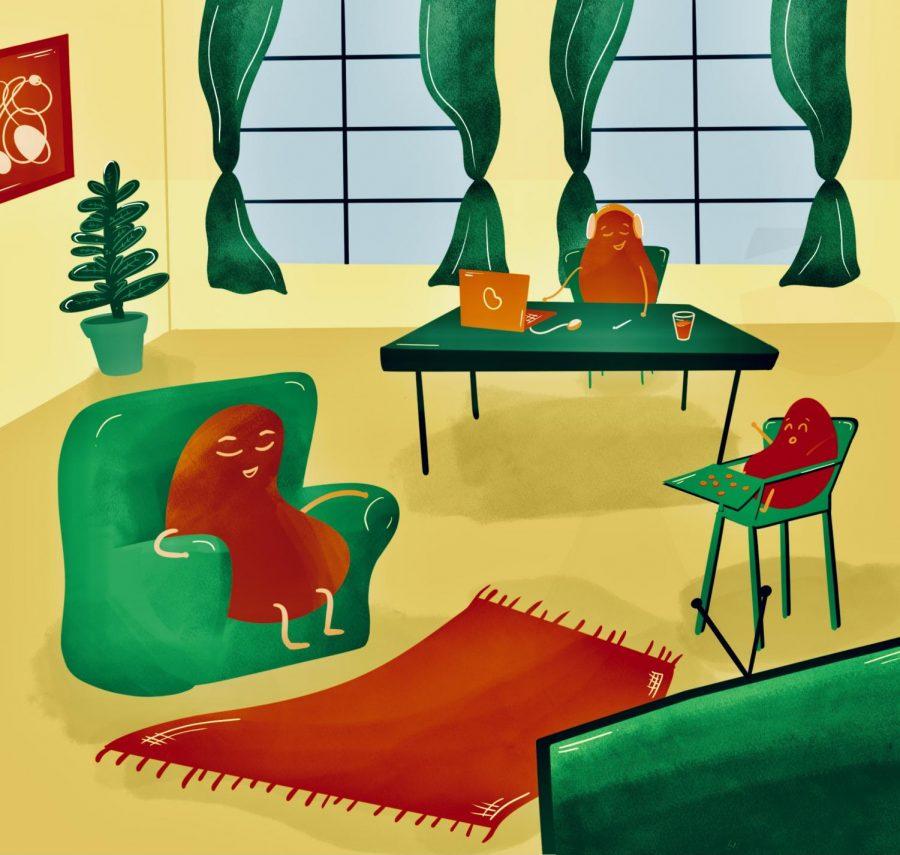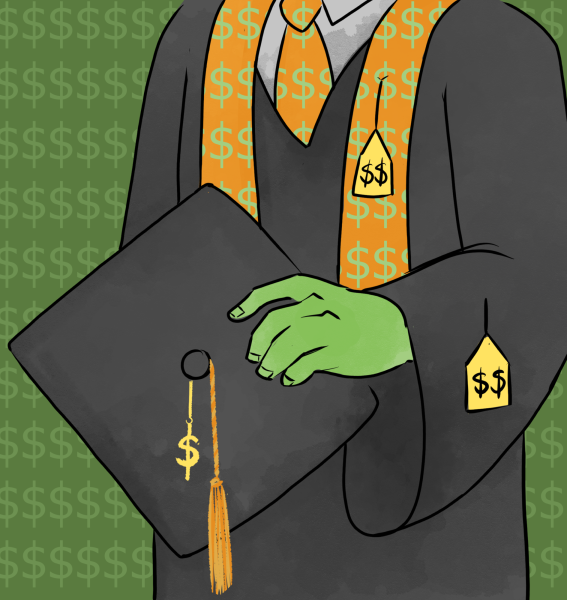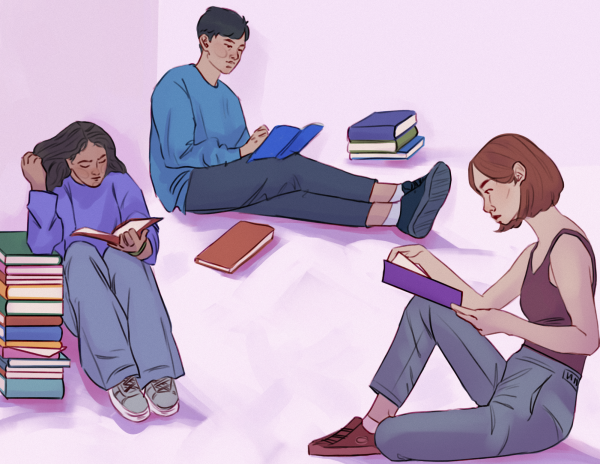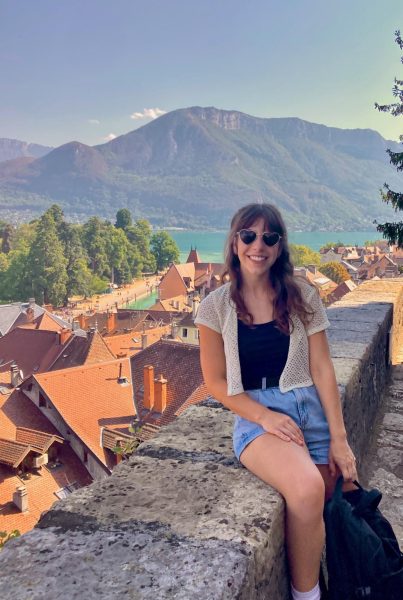Castles: Students can find new normal living with family
May 3, 2021
Oregon State University students living on campus last school year were faced with difficult decisions about whether to stay in the dorms amidst a global pandemic, or move home with family and be far from friends.
In a rush to slow the spread of COVID-19, people around the country and world were advised to stay at home and to not socialize in large groups.
For many students though, this was not an option. Moving back in with family was the better alternative to living in a residence hall, surrounded by other students around the clock when, at the time, the information available about COVID-19 was limited.
The circumstances of the pandemic were not ideal, but I was eager to move out of the residence hall. So like many others, I packed up my belongings and turned in my key.
Living at home meant lower risk of getting sick and saved money when unemployment soared. On-campus residents rapidly moved out of the dorms and back into their parents’ houses, where they would be forced to find a new normal in online classes.
There was a sudden shift from what many first-year students experienced as the beginnings of independence back to relying on family. Amongst all the newness of this situation, the social consequences of leaving behind campus life became of secondary importance.
OSU second-year sociology student Jessica Findlay was in this very situation. Due to worries about her safety in a crowded dorm, she moved back in with her parents having only moved out the previous fall.
“Everything happened so fast, I wasn’t really prepared for the quickness of everything,” Findlay said. She had only just signed her lease in Corvallis, Ore. for the next fall when she was told she should go back to her home in Clackamas, Ore.
Findlay, and countless other students’ spring break was lost between navigating belongings out of Corvallis and checking out of the dorm.
“I spent most of my spring break worrying,” Findlay said.
To many students who were excited to leave their parents for their first year of college, this would have been especially frustrating, but Findlay finds it has not been so bad being with her parents. “I’m pretty close with my parents… it was nice to be able to talk to them in person and not over the phone,” Findlay said.
According to a September study from the Pew Research Center, the number of young adults living with their parents has increased the most throughout the pandemic since the Great Depression—in February, 47% of young adults ages 18 to 29 lived with their parents, and in July, that climbed to 52%.
For many students, being closer to family has also meant being farther from friends.
Second-year mechanical engineering stubeginning I wasn’t affected but the longer I spend away from friends the more I seem to feel cut off.”
Being closer to family has not been entirely jovial either, according to Kemling. “My family seemed to enjoy everyone being home but it has caused problems adjusting to living in close quarters,” Kemling said.
There have been some positives for Kemling as well. Moving back home to Portland meant being closer to his girlfriend after half a year of maintaining a long distance relationship.
I was also pleased to be able to see some of my friends who I was far away from when living on OSU’s campus.
Jordan Mahr, a second-year biology student, said that it was especially difficult to leave behind new acquaintances.
“Many of my friends were international students. They also moved back home for COVID-19 so I was unable to see them again which was tough for me,” Mahr said.
Now, with COVID-19 vaccines being administered and anyone over age 16 in Oregon eligible to receive a shot, and the prospect of in-person classes happening this fall, students are preparing to move back into their social lives.
Since moving back to Corvallis, Mahr has been able to see some of the friends he made at OSU again and find more social activities to participate in like pick-up soccer.
Many people will be experiencing moving out of their parents’ homes for the second time, an especially exciting prospect after a large portion of students have spent more time with online classes than in person instruction.
While Mahr and Findlay have both moved back to Corvallis, Kemling has plans to return in the fall when hopefully, we’ll all be seeing each other again.






















































































































